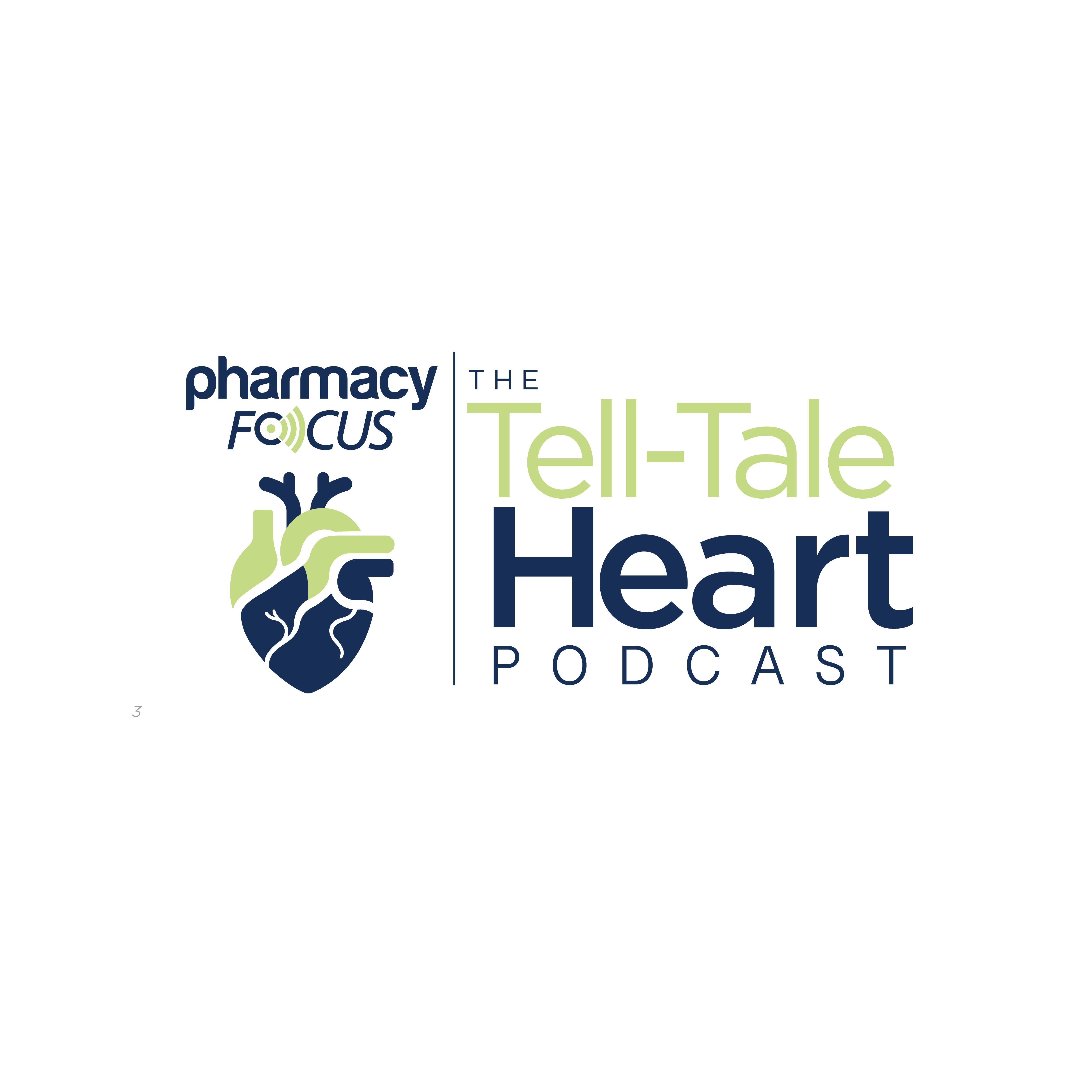News
Article
Phase 3 Trial Explores Imetelstat for Advanced Myelofibrosis After Promising Phase 2 Data
Author(s):
Key Takeaways
- Imetelstat shows potential in improving survival and modifying disease biology in myelofibrosis patients refractory to JAK inhibitors.
- Phase 3 trial will compare imetelstat with best available therapy in intermediate-2 or high-risk myelofibrosis patients.
Imetelstat shows promise in treating myelofibrosis, enhancing survival, and modifying disease biology in patients resistant to JAK inhibitors.
Imetelstat (IME, Rytelo; Geron Corporation) is progressing to a phase 3 trial following encouraging results from the phase 2 IMbark trial (NCT02426086), which demonstrated its potential to improve survival and modify disease biology in patients with myelofibrosis (MF) who had relapsed or were refractory (R/R) to Janus kinase (JAK) inhibitor therapy. The phase 3, open-label, randomized study will evaluate IME compared with best available therapy (BAT).1
Red blood cells | Image Credit: © Anusorn - stock.adobe.com

IME is a first-in-class telomerase inhibitor approved by the FDA in 2024 for adults with low- to intermediate-1 risk MDS with transfusion-dependent anemia requiring 4 or more red blood cell units over 8 weeks. The decision was based on data from the IMerge trial (NCT02598661), in which nearly 40% of patients treated with IME achieved red blood cell transfusion independence in as little as 8 weeks.2-4
The phase 2 IMbark study is a randomized, single-blind, multicenter trial evaluating the activity of 2 dose levels of IME in patients with intermediate-2 or high-risk MF who are R/R to JAK inhibitors. It consisted of 3 parts: A screening phase (21 days before randomization); a treatment phase (from randomization until study drug discontinuation); and a follow-up phase (until death, loss to follow-up, withdrawal of consent, or study end). Patients received IME at 9.4 mg/kg every 3 weeks.1
At week 24, the median overall survival (OS) was 29.9 months, with a median follow-up of 27.4 months. Clinically meaningful improvements were observed, with 32% of patients achieving at least a 50% reduction in total symptom score and 10% achieving a 35% or greater reduction in spleen volume. Notably, IME was found to reduce variant allele frequency of MF driver mutations and improve bone marrow fibrosis, suggesting disease-modifying activity. These changes were associated with improved survival outcomes.3
Safety data from IMbark showed that the most common grade 3 or greater adverse events were cytopenias, including thrombocytopenia, anemia, and neutropenia. However, these events were typically manageable, short-lived, and resolved to grade 2 or less within 4 weeks.3
The phase 3 IMpactMF trial (MYF3001; NCT04576156) compares IME with BAT in approximately 320 patients with intermediate-2 or high-risk MF who are R/R to JAK inhibitors or ineligible for transplant or further JAK inhibitor therapy. Participants are randomly assigned 2:1 to receive IME at a dosage of 9.4 mg/kg intravenously every 3 weeks or investigator-chosen BAT, which may include agents such as hydroxyurea, interferon, or hypomethylating agents, but excludes JAK inhibitors, stem cell transplant, or splenectomy.3
The trial’s primary end point is OS, with secondary end points including symptom and spleen response rates at week 24, progression-free survival, clinical responses per modified 2013 IWG-MRT criteria, bone marrow fibrosis reduction, and patient-reported outcomes. Biomarker and mutation analyses are also planned.3
As of December 2024, around 75% of patients have been enrolled across 172 global sites. An interim analysis is planned for early 2026 once about 35% of participants have died, with the final analysis expected in early 2027.3
REFERENCES
1. Study to evaluate activity of 2 dose levels of imetelstat in participants with intermediate-2 or high-risk myelofibrosis (MF) previously treated with janus kinase (JAK) inhibitor. Updated September 14, 2021. Accessed May 27, 2025. https://clinicaltrials.gov/study/NCT02426086
2. Study to evaluate imetelstat (GRN163L) in participants with international prognostic scoring system (IPSS) low or intermediate-1 risk myelodysplastic syndrome (MDS). Updated April 30, 2025. Accessed May 27, 2025. https://clinicaltrials.gov/study/NCT02598661
3. Mascarenhas J, Harrison C, Base P, et al. IMpactMF, randomized, open-label, phase 3 trial of imetelstat (IME) versus best available therapy (BAT) in patients (pts) with intermediate-2 (INT-2) or high-risk (HR) myelofibrosis (MF) relapsed or refractory (R/R) to Janus kinase inhibitors (JAKi). 2025 ASCO Annual Meeting. May 30, 2025, to June 3, 2025. Chicago, IL. Abstract 200a
4. FDA approves imetelstat for low- to intermediate-1 risk myelodysplastic syndromes with transfusion-dependent anemia. FDA. June 6, 2024. Accessed May 27, 2025. https://www.fda.gov/drugs/resources-information-approved-drugs/fda-approves-imetelstat-low-intermediate-1-risk-myelodysplastic-syndromes-transfusion-dependent
5. A study comparing imetelstat versus best available therapy for the treatment of intermediate-2 or high-risk myelofibrosis (MF) who have not responded to janus kinase (JAK)-inhibitor treatment. Updated March 13, 2025. Accessed May 27, 2025. https://clinicaltrials.gov/study/NCT04576156
Newsletter
Stay informed on drug updates, treatment guidelines, and pharmacy practice trends—subscribe to Pharmacy Times for weekly clinical insights.






